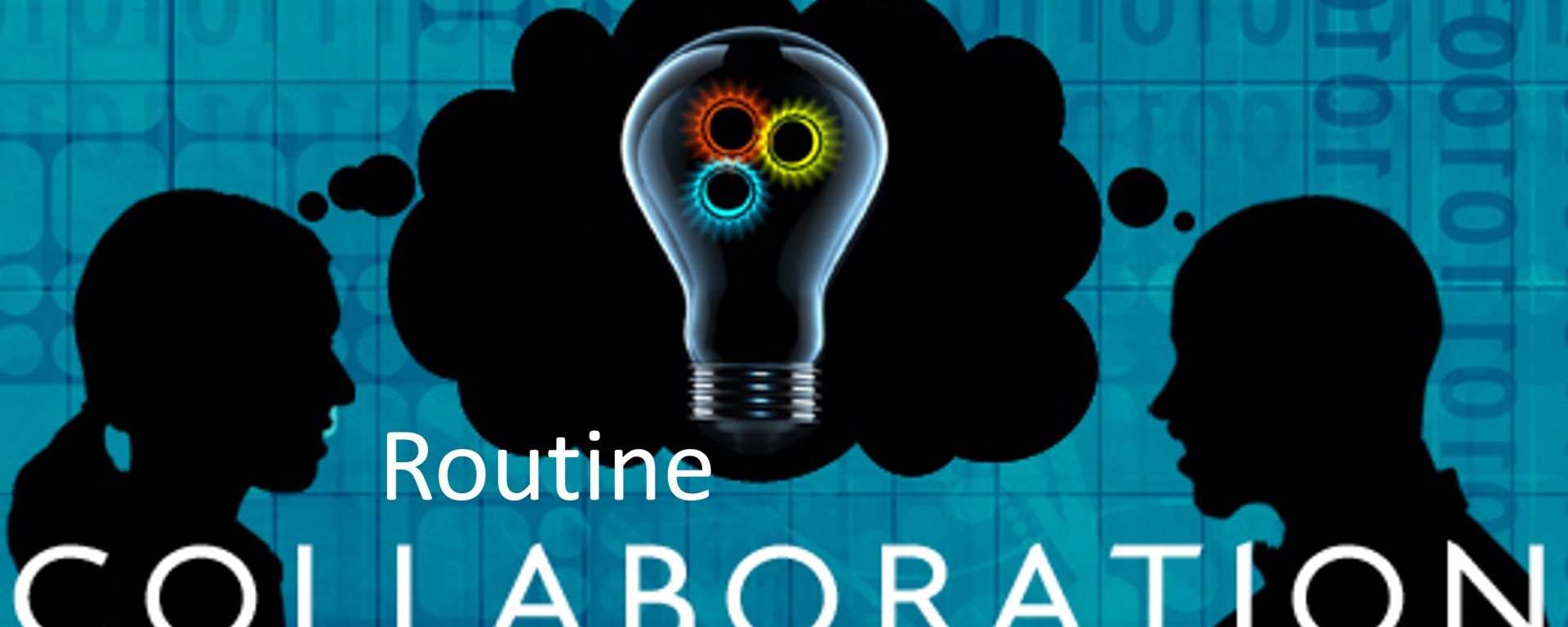The Sales & Operations Execution (S&OE) cycle is a much-needed addition to your S&OP/IBP process. I used to implement it as ‘The Control Cycle’. Gartner came up with S&OE and Oliver Wight now calls it ITP (Integrated Tactical Planning). Whatever you call it, you better have it as a business if you want to react to short term disruptions
Where your IBP process focuses on the longer-term plan at aggregated level, say 4-24 months at category level, the S&OE horizon focuses on short term demand & supply imbalances, price changes, or other deviation against the plan. At a lower level, like sku/location/customer level, or material/vendor.
The S&OE cycle runs at a higher clock speed, often weekly, with the objective to solve any gap to AOP or latest forecast in the short term, say 0-3 months.
S&OE meetings make periodic (weekly) basic cross functional decisions. Demand & Supply Planners, commercial analyst, marketing (NPD) and maybe customer service all join a meeting to discuss issues and their resolutions. All these functions come to the meeting with some reports, plans and insights, based on which decisions might be made. Often within pre-defined and aligned cross functional policies as facilitated by an IBP manager / S&OE manager.
Well, that is the traditional way of doing things.
Decision Intelligence, is the digitzation, augmentation and automation of decisions. It has been defined by Gartner as a top strategic technology trend with the following definition. It is now becoming more and more obvious that many of these short-term S&OE decisions are repetitive, with clear trade-offs, and can be automated using Decision Intelligence.
I call them routine collaborative decisions. If the decision policies are defined between functions, these can be digitized and automated in many occasions. Some examples:
- A material is short. Finding an alternative material, source, or mode of transport to speed up delivery can be automated. Including trade of in CO2 versus $ versus service.
- Materials or inbound finished goods are late: change labor, picking or re-packing plans.
- Inventory shortage: re-allocate orders, offer alternative products, change safety stock
- Inventory excess: push inventory, price changes, make a promotional deal, change safety stock
This is just a small selection. But you get the point; many decisions in the S&OE horizon and in planning in general, are routine collaborative. You don’t have to sit in a room together, looking at your reports and plans, to discuss these things every week. I explain this further in this short (less than 2 min) video.
It speeds up decision making, increasing agility. No pareto rule needed, the machine can make all decisions based on your policies. No need to bring your short term plans and insights to the meeting, which can save a tremendous amount of time for all functions involved. Instead focus on non-routine or exceptions in decision making. Or use the time on more strategic issues or to tune your decision policies between functions.
Below an example on the opportunity of automation in the S&OE horizon for a large beer manufacturer. By no means are these all possible decisions, but again, you get the point I hope.
If you do, maybe this is a good time to start thinking about why you are sitting in the same meeting every week to make the same decisions, if you can automate them.
In not too long we’ll look back and deeply sigh and think…what a waste of time and human capital that was!



I agree fully with the opportunity that is now afforded by technology to automate these short term “routine” decisions. As well as transforming the discussions in the weekly “S&OE” meetings, it can change the role of the planners – freeing them up from the time consuming tasks of chasing execution status and adjusting plans based on the latest disruptions. With these routine tasks automated the planners can use their time to be more proactive and value adding (eg:- working with NPI teams to ensure smooth new product introductions).
Thanks Jerry,
There are certainly a lot of decision & execution automation opportunities
And mostly in the short horizon I believe. We will need to define where the machine is superior and where the human. And create a new type of operating model between them. The more complex & contextual interactions, including relations with vendors, customers and NPI, will remain very much human centric. We will soon see these new operating models play out by industry I believe.
Niels, this looks to be quite an exciting innovation in the supply chain planning space.
This decision support software appears to support the operational cycle of demand and supply planning, where previously none existed.
Do you see such S&OE software as a replacement of rapid response planning (a.k.a. control towers) which are usually more focussed on the very short term executional horizon, or as a complement to it?
Niels, this looks to be quite an exciting innovation in the supply chain planning space.
This decision support software appears to support the operational cycle of demand and supply planning, where previously none existed.
Do you see such S&OE software as a replacement of rapid response planning (a.k.a. control towers) which are usually more focussed on the very short term executional horizon, or as a complement to it?
Hi Conrad,
A control tower for visibility is just the necessary start. From there we want to sense change/disruption, predict impact, recommend to the user how to act, or under certain conditions (highly frequent, lower value decisions) act autonomously.
That solves many of the gaps left by APS and BI over the last 20 years.
A control tower for just descriptive visibility, is not really a control tower as far as I’m concerned. It is a visibility tower!
This is a very thoughtful and detailed article on achieving operational excellence across vital functions.